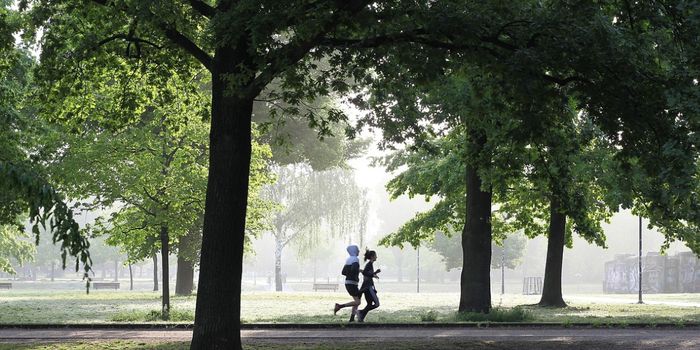New Delhi's Landfill Will Soon be Taller Than the Taj Mahal
India is home to 75% of the most polluted cities in the world. According to Breathe Life—a global network spearheaded by UN Environment, the World Health Organization, and the Climate and Clean Air Coalition—1.8 million people die each year due to air pollution-related illnesses in India. As of March 2019, New Delhi is one of the world’s most polluted capital cities, according to the United Nations. More than 20 million residents of the city are exposed to toxic air from emissions, construction, and smoke.
Soon they will be living next to a garbage heap that will reach a height taller than the Taj Mahal, as reported by AFP News.
The Ghazipur landfill in eastern New Delhi opened in 1984 and reached capacity 18 years later, in 2002. However, it remained open and is still gaining approximately 2,000 metric tons (4.4 million pounds) of waste each day. Indian cities produce an estimated 62 million metric tons of waste each year.
The landfill is estimated to cover an area of 40 soccer fields and reach a height of 65 meters (213 ft.). It’s projected to continue to rise 10 meters (32.8 ft.) each year, which means, that by next year the Ghazipur landfill will be taller than the Taj Mahal—which stands 73 meters (240 ft.) tall. The Supreme Court of India has recommended placing warning lights atop the growing heap for passing jets.
In addition to unsightly garbage and an unimaginable stench, the garbage heap poses several health threats and safety threats. It’s estimated that anyone living five kilometers of the dump is at risk for health issues including respiratory and stomach ailments, and cancers. Local doctor Kumud Gupta reported to AFP that she sees 70 people each day suffering from air pollution-related illnesses.
Because the garbage produces methane gas, fires regularly erupt adding to the already polluted air. Leachate—the black toxic liquid produced by landfills—is already leaking into nearby canals. The structure of the landfill also poses a threat, as seen in 2018 when heavy rains led to a section of the landfill collapsing and killing two people.
To stem the increasing amounts of waste in the country, India recently banned the import of waste-plastic and has committed to phasing out single-use plastics by 2022.
Sources: AFP, Reuters, UNEP, Breathe Life








